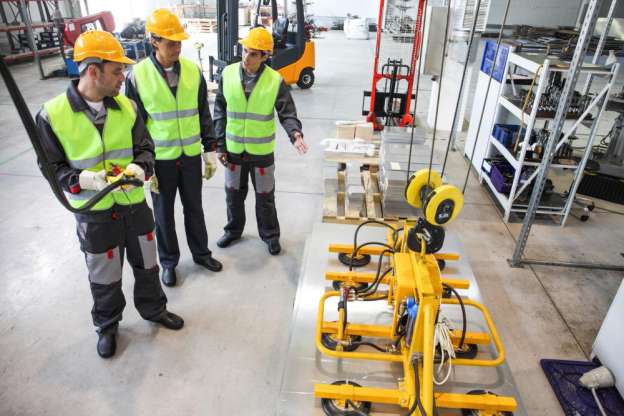Mitigating workplace hazards is one of the greatest challenges facing an employer. When occupational injuries start becoming common in the workplace, it’s only natural that there’s a decrease in employee productivity as workers have concerns about their safety.
Due to strict safety regulations, Canada has experienced declining injury rates in the workplace. In order to ensure that the safety of employees is given utmost importance, OSHA introduced an outline of principles based on the Hierarchy of Controls.
The Hierarchy of Controls has been adopted by millions of companies worldwide to mitigate workplace hazards. It follows through on the theory that prevention is better than cure and aims to minimize workplace injuries as much as possible.
Elimination
At the tip of the pyramid is the most effective way to mitigate workplace hazards: elimination. Employers are encouraged to evaluate their premises and identify potential danger zones or tasks that put their team at risk. Their next step should be to decide whether such zones or tasks can be eliminated altogether, as that’s the safest way to reduce injuries.
Substitution
Next up on the pyramid is substitution. Naturally, there are certain processes and danger zones that can’t be eliminated even though there’s an element of risk to it. However, employers should assess whether the substitution of the task can be made, which is less risky than the existing process. In cases where there’s problem with the equipment, search for similar equipment that would serve its purpose while maximizing the safety of the workers.
Engineering controls
In the event that both elimination and substitution are not possible, one way to mitigate workplace hazards is by isolating people from the hazard using engineering controls such as machinery. Another example of engineering control is only entrusting certain employees who are experts at a particular task with the process.
Administrative controls
Administrative controls refer to identifying risky processes and assessing whether there can be changes made to the actual process without compromising the safety of the workers. It’s often observed that employers are reluctant to change long-standing practices and processes that have worked well for them in the past.
Regardless, employee safety should be of paramount importance, and they should continually be on the lookout for ways they can make the workplace safer without compromising productivity.
Personal Protective Equipment
The least effective way to reduce workplace injuries is through personal protective equipment (PPE). Although PPE is essential to maintaining employee safety and can minimize the extent of the injury, it doesn’t mitigate injuries altogether when compared with the effectiveness of other measures.
Metro Safety Training is renowned for its workplace safety courses in BC that include Fall Protection Inspection Training, Forklift Operator Training and First Aid training courses. Reach out to us today!








